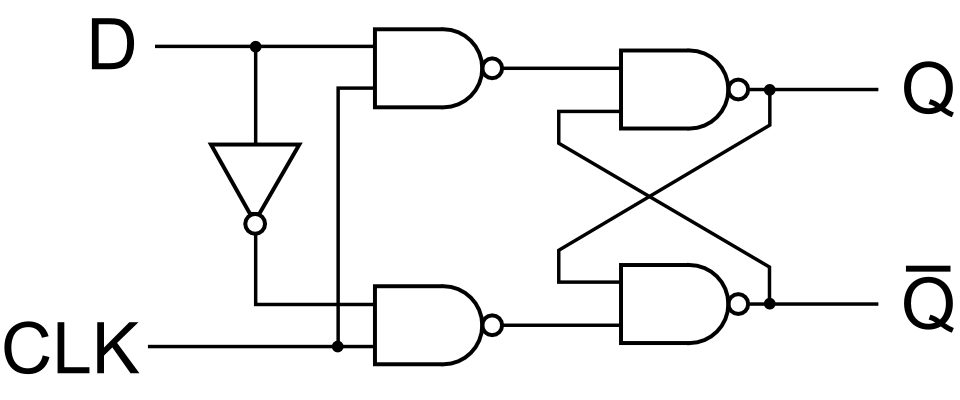

The 74HCT circuits which are direct replacements for LSTTL circuits also enhance performance in many respects. DATA | 74LSXXX - 74HC and 74HCT devices are ideal for use in new equipment designs and, as alternatives to TTL devices, in existing designs.• J and K inputs for easy D-type flip-flop • Toggle flip-flop or "do nothing" mode • Specified in compliance with JEDEC standard no. Dual JK flip-flop with set and reset positive-edge-trigger - €¢ Input levels: • For 74HC109: CMOS level • For 74HCT109: TTL level.“Transistor Bistable interactive animated-en” By DrJolo – Own work (CC BY-SA 3.0) via Commons WikimediaĢ. Latch checks input continuously and changes output correspondingly while, the flip flop checks input continuously but changes the output in a corresponding manner with the clock signal. In brief, the main difference between latch and flip flop is their method of operation. Conclusionįlip-flops and latches are circuit elements that can store information. But, flip flops are synchronous as they work based on the clock signal. Moreover, latches are not synchronous as they cannot work based on the time signal. Therefore, this also a difference between latch and flip flop. However, flip-flops are capable of working as registers as they come with a clock. Latches cannot be used as a register due to the lack of a clock signal. Flip flops, on the other hand, are edge triggered and the output will change based on the positive edge or the negative edge of the clock signal. Latch is level triggered as the output will only change with the change in the binary level. Binary InputĪnother difference between latch and flip flop is that latches work with only binary inputs while flip-flops work with binary inputs as well as the clock signal. On the other hand, the flip-flop, is sensitive to the clock signal, and the output will not change until a change occurs in the input clock signal.

The latch is sensitive to the input switch and is capable of transmitting data as long as the switch is in on-state. Latch checks input continuously and changes output correspondingly whereas flip flop checks input continuously but, changes the output in a corresponding manner with the clock signal. There is a distinct difference between latch and flip flop based on their operation. Latches are built by using logic gates while flip-flops are built using latches in addition to a clock signal. Difference Between Latch and Flip Flop Structure They will have an additional clock signal which makes it function very differently when compared with a latch. Flip flops are capable of storing binary values.


 0 kommentar(er)
0 kommentar(er)
